So, you were captured by mind flayers and are now trapped aboard a nautiloid in a chamber with a pool of illithid tadpoles. What's next? Well, if history serves right, you're either going to get your skull cracked open like an egg and your brain sucked out by a mind flayer, or you're going to undergo the unpleasant process of ceremorphosis.
Lucky for you, the latter is the fate you're facing in Baldur's Gate 3, the Dungeons & Dragons video game from Larian Studios. To prepare you for the deep dive into the Forgotten Realms that the game offers, let's take a look at one of the most beloved (and feared) villains of D&D—the mind flayer—their process for reproduction, and how you can replicate the psionic powers of Baldur's Gate characters in tabletop D&D!
- How to Become a Mind Flayer
- Playing As a Mind Flayer
- When Ceremorphosis Goes Wrong
- Player Options for Ceremorphosis Survivors
- Start Playing D&D Today
Play as the Companions From Baldur's Gate 3
You can now select the companion characters from Baldur's Gate 3 when creating a premade character! Bring Astarion, Shadowheart, or one of your other favorite companions along on your adventure into tabletop D&D!
How to Become a Mind Flayer
Becoming a mind flayer is no pleasant experience, and the opening sequence to Baldur's Gate 3 makes that clear. But if we're talking in terms of sheer effort, becoming one is pretty fast and simple. In truth, the hardest part is convincing a mind flayer that you're worthy of becoming one of their own. And unfortunately, the risk of death if they refuse is pretty high. (The risk of death if they accept is also nearly 100 percent, but we'll get to that later.)
1. Consult Your Local Friendly Mind Flayer Colony
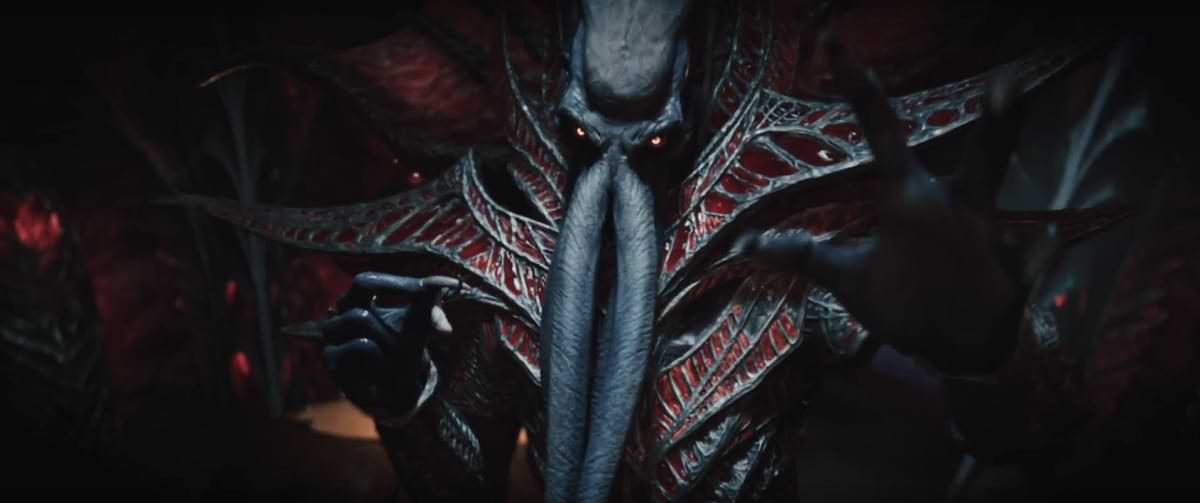
Mind flayers are the scourge of all intelligent life. For eons, these tentacle-faced horrors ruled over vast worlds and peoples. Their incredible intellect and telepathic capabilities allow them to take control over the minds of others, turning them into their thralls. But that's not to say a mind flayer is delicate if caught alone. They also boast powerful telekinetic capabilities and can jump between the different planes of existence.
Mind flayers have fallen since their glory days of world-spanning domination. Turns out, a penchant for eating brains doesn't win you a lot of friends. Mind flayers now call the Underdark their home. The Underdark is an impossibly large network of tunnels and caves deep underground. It's dangerous, and not just because of the mind flayers.
You'll find mind flayers living in colonies operating in a hive mind headed by an elder brain. If you're in the market for an illithid tadpole (that's basically a baby mind flayer), head there, pledge your allegiance, and hope you're chosen.
2. Kindly Request Ceremorphosis
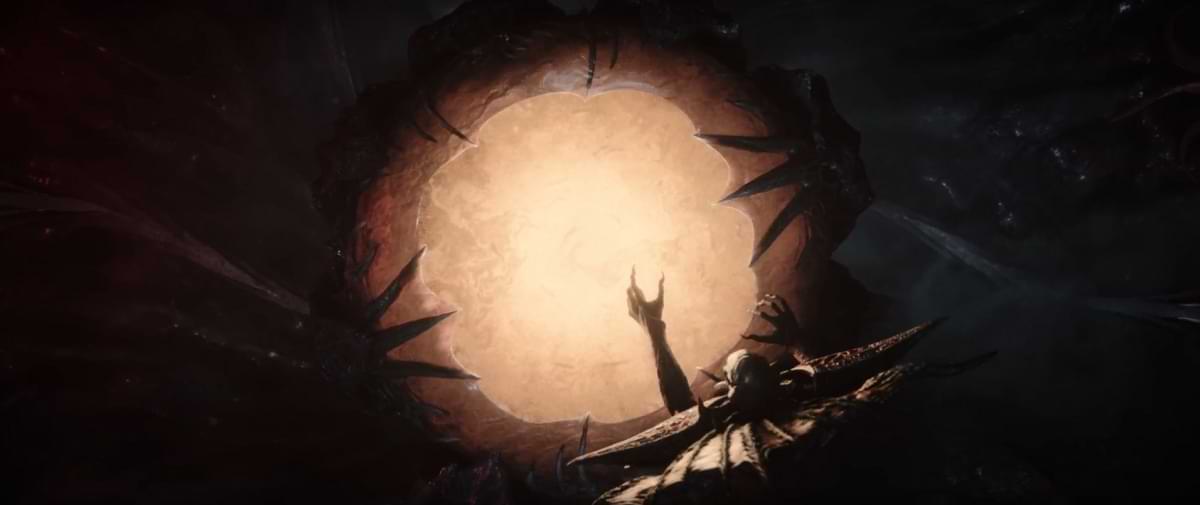
OK, you've found yourself in a mind flayer colony and have asked to be made into a mind flayer. Now what? Well, there are a few ways this can go. You could be...
- Immediately killed by thralls or by a mind flayer's Mind Blast.
- Made into a thrall and tasked with looking after the mind flayer colony or, if you're lucky, massaging the elder brain.
- Captured and experimented on, possibly having your brain extracted to create an intellect devourer, a mind flayer's favorite pet.
- Approved for ceremorphosis, and get to become a mind flayer. Hooray!
Let's assume we're at scenario No. 4. What's likely to go down is this: A mind flayer will strap you down to a table, pluck an illithid tadpole from a pool, and then let it gently crawl its way into your brain through either your eye, ear, or nostril. From there, the horrifying transformation process begins!
3. Wait for Ceremorphosis to Complete
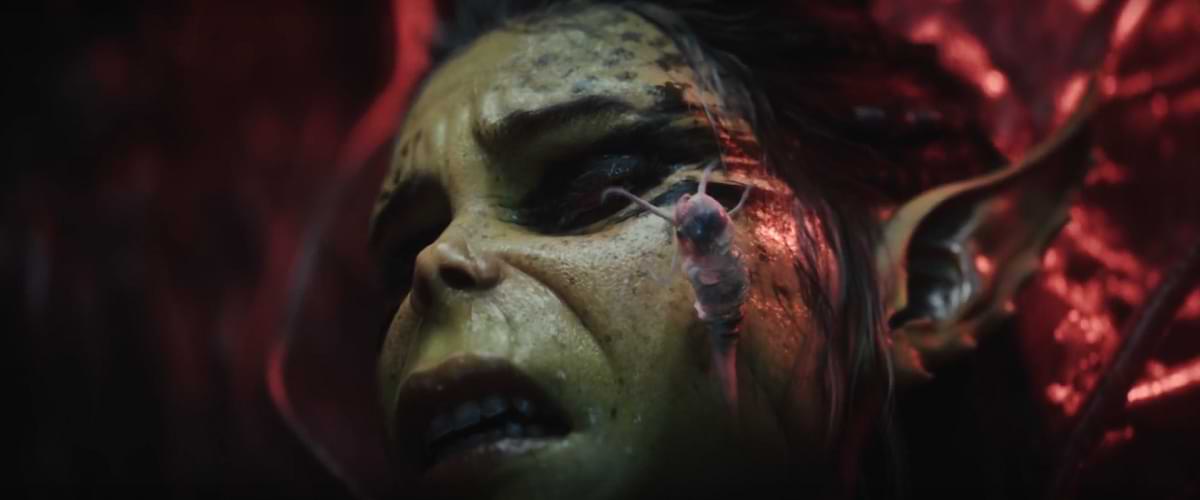
Over the following week, you'll slowly go from a jolly fan of mind flayers to a full-fledged psionic menace. Except, there's just one complication: There won't be much of you left after ceremorphosis. As you turn into a mauve-colored, tentacle-faced monster, your brain will slowly be devoured by the illithid tadpole that crawled its way into your skull.
There is a silver lining here, though. The fully grown mind flayer that was formerly you will retain some of your memories. Perhaps it'll even remember which village you came from! Now your friends can join you in the Underdark!
Playing As a Mind Flayer
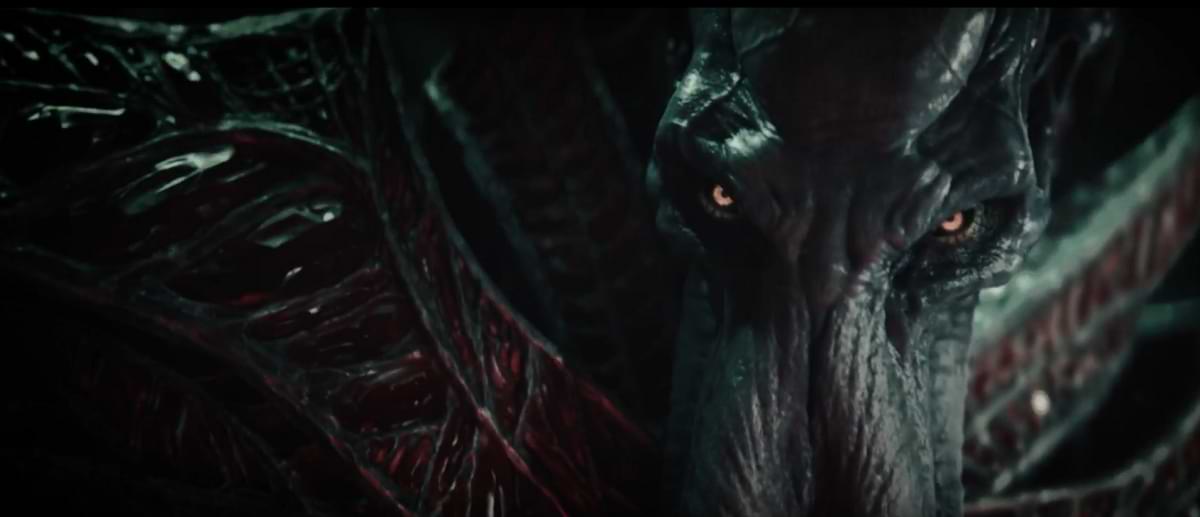
Let's say that the process of ceremorphosis is complete, and your old character has been replaced by the ruthless mind flayer. In tabletop D&D, you could talk to your Dungeon Master about getting to play as this aberrant monster. With a CR 7, a mind flayer would be a powerful asset for the party. However, expect few DMs to be comfortable with this.
As a general rule, once your character becomes a mind flayer, they fall under the control of the DM as an NPC. Balancing combat encounters with a monster on the party's side can be tricky, too. So, expect a swift "No" and be prepared to respect that.
But let's assume your DM is comfortable with you playing as a mind flayer. Your stint may be short-lived, all things considered, but there's ample roleplay opportunity in being a mind flayer and for party members having to ally themselves with one. Let's cover what your run as a mind flayer could look like.
Leveling Up Your Mind Flayer Abilities in Baldur's Gate 3
In a July 31, 2023, blog post, Larian Studios shared how players can wield the power of mind flayers in Baldur's Gate 3. Hunt down illithid tadpoles throughout the Forgotten Realms and consume them to level up your latent illithid powers. But beware: There's a cost to tapping into the might of mind flayers. You may draw the displeasure of your companions and even complicate matters on your adventures. But hey, you could gain the ability to turn into a displacer beast, so it can't be all that bad, right?
Mind Flayers Have Big Egos
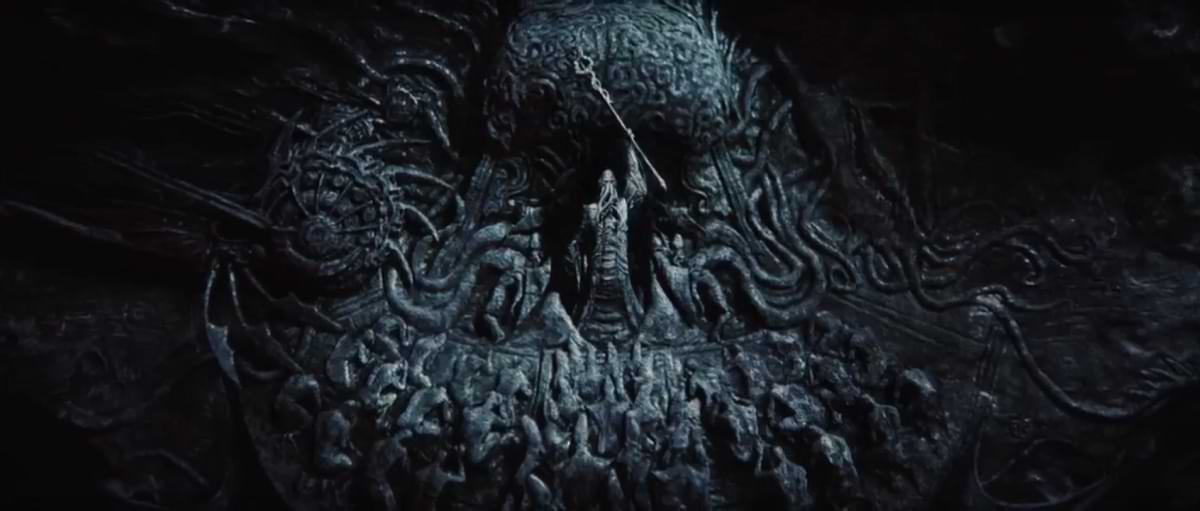
Mind flayers subjugate others not only because they see themselves above basic chores. They believe themselves to be above all other intelligent creatures. They have little regard for the well-being of others, and that's reflected in combat. In a fight, they'll interpose their thralls (your party members?) between them and their enemies. If an enemy gets too close, they'll grapple them with their tentacles and use the all-too-rich Extract Brain action. Throw a mob at them, and prepare for the area-of-effect Mind Blast.
Suffice to say, you're not above getting dirty, but you'd much rather your friends do most of the work. And you won't sweat if a few of them die in your honor.
They Feed on Brains, And That's Not Nice
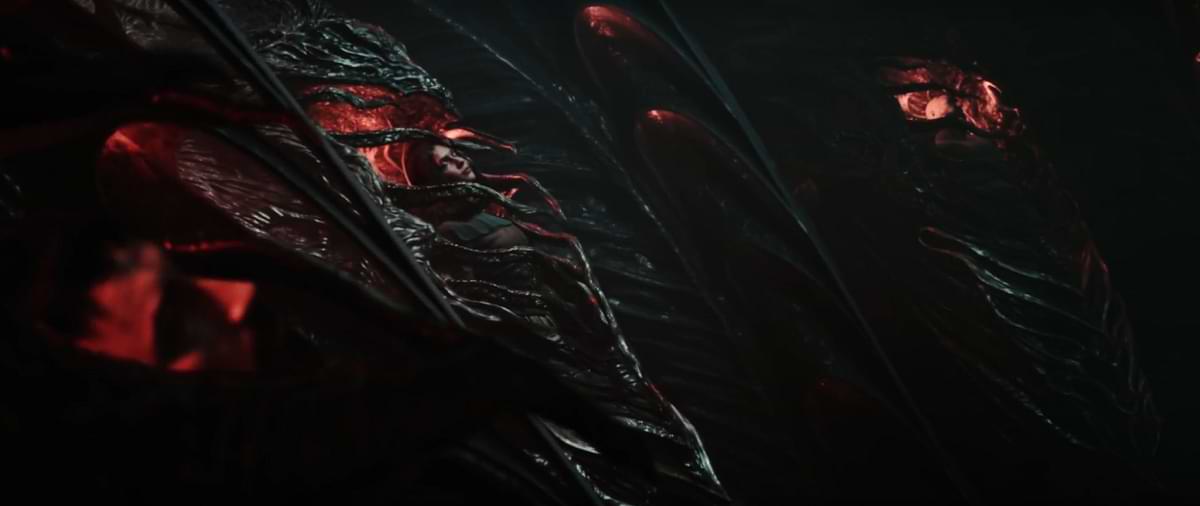
There's nothing like cracking open a humanoid's skull and slurping down some brains to take the edge off a long adventuring day. But where do you get your brains? You might capture enemies and keep them alive until it's time to eat. Or perhaps you might wander the battlefield after a good fight and feed on the remains of your more intelligent enemies. Either way, your party members may have a thing or two to say about the brain eating.
Of course, if they can come to terms with it, your love of whipped brain matter could be an asset. When a mind flayer consumes a brain, they also devour its memories. Imagine sifting those memories to discover a secret entrance into a hideout or learn the origins of a mysterious artifact. Keep in mind, though, that hiding the brain eating from other party members only to have them discover your habit could lead to some awkward conversations.
The Far Realm Is a Nightmare, And a Place Called Home
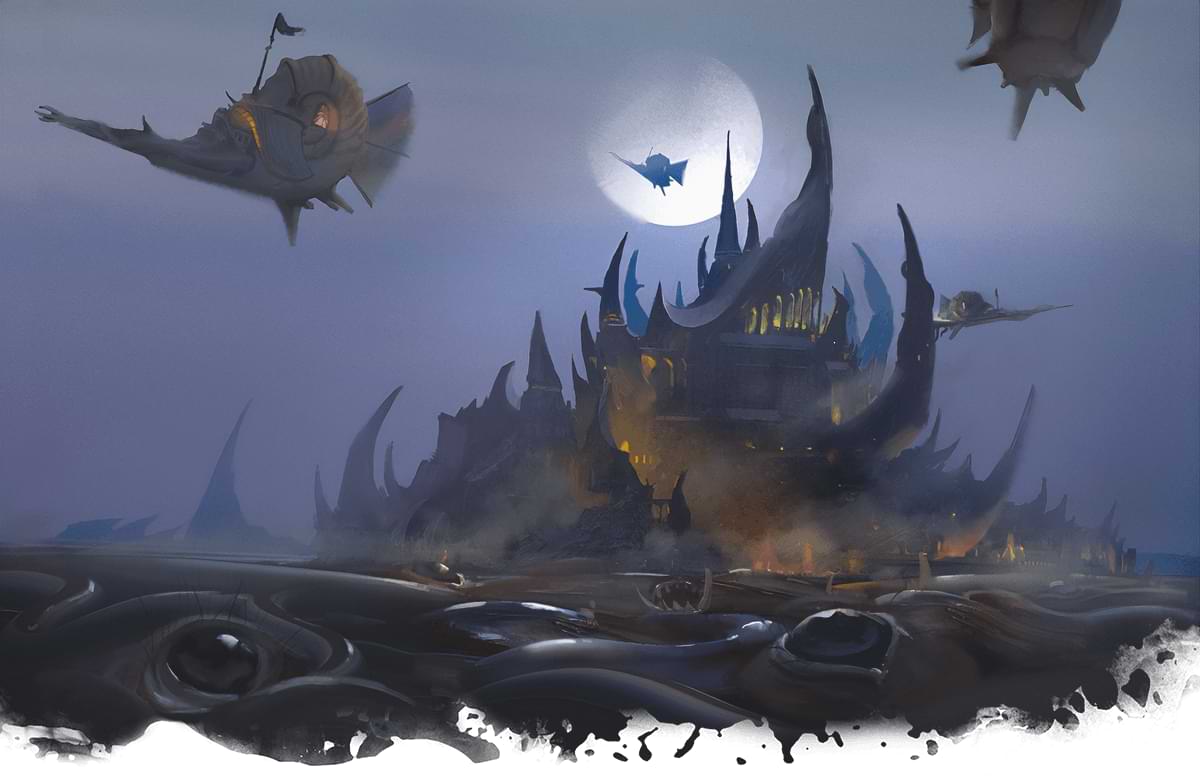 Mind flayers are the stuff of nightmares, so it's only fitting that they call the Far Realm home. It's a place of eldritch horrors, where the rules of reality bend and snap, and where certain truths are so terrible that they can destroy most mortal minds. To you, though, it's nostalgic seeing writhing piles of flesh and eyeballs and contemplating the end of the universe.
Mind flayers are the stuff of nightmares, so it's only fitting that they call the Far Realm home. It's a place of eldritch horrors, where the rules of reality bend and snap, and where certain truths are so terrible that they can destroy most mortal minds. To you, though, it's nostalgic seeing writhing piles of flesh and eyeballs and contemplating the end of the universe.
Few mortals can say they've journeyed to the Far Realm and returned unscathed. The place is beyond the planes of existence, and may even function outside the known D&D multiverse. Not only did it serve as the birthplace of mind flayers, but creatures like the aboleth and beholder have their roots in the Far Realm. Most notably, the Far Realm is home to Great Old Ones, beings whose motivations may be unclear and whose machinations may not come to fruition for eons.
If, as a mind flayer, you have hidden knowledge about the Far Realm or can survive its destructive influence, you could support your party in unusual ways. Perhaps you can trap enemies there or access certain knowledge in the Far Realm that your party otherwise could not.
Nautiloids Are A Unique Means of Transportation
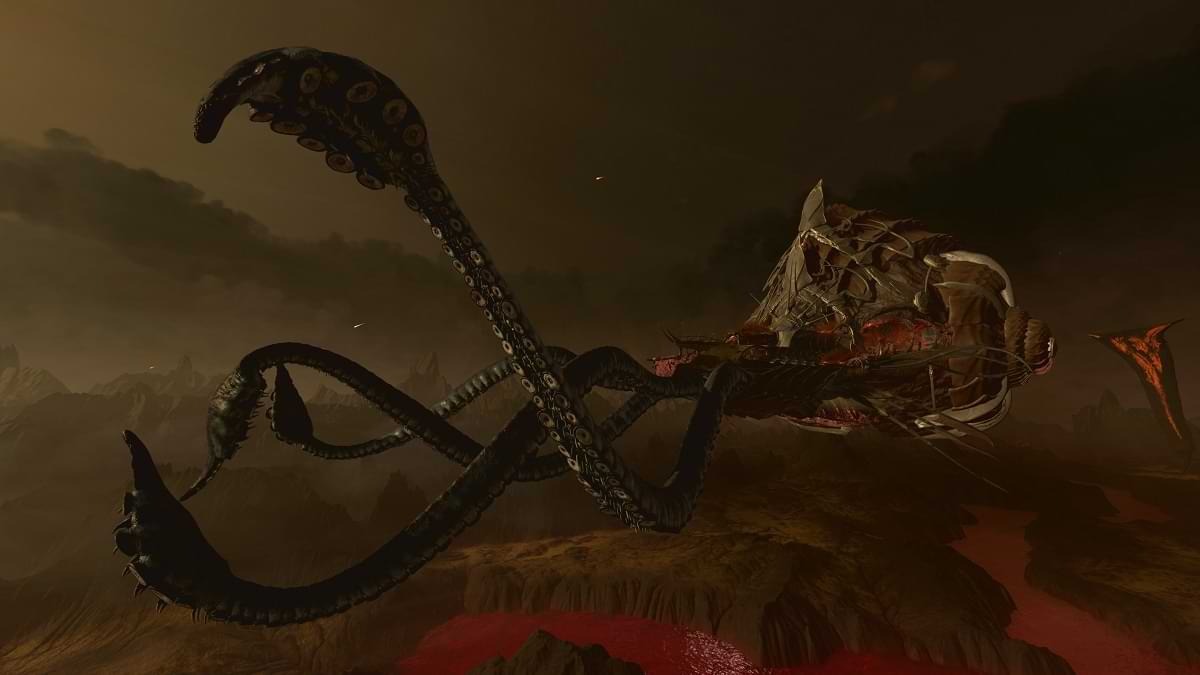
In case you were wondering what kind of ship was floating around in the opening cinematic of Baldur's Gate 3, that's a nautiloid. These ships are made by mind flayers for space travel. After all, how else are you supposed to conquer whole worlds? Teleportation magic is very hard on the spell slots, you know!
True to their creators, a nautiloid has grasping tentacles to trap other ships and creatures in place, ensuring their demise. And just like in Baldur's Gate 3, a nautiloid can teleport to other planes of existence, such as the Nine Hells. For players enjoying Spelljammer: Adventures in Space, a nautiloid is a powerful ship for your adventures. Weaker foes may avoid you altogether, though your presence could draw unwanted attention from more powerful do-gooders.
When Ceremorphosis Goes Wrong

If you can escape the mind flayer colony and the siren's call of its elder brain, there's hope yet for your survival. Not much hope. But still, hope.
Ceremorphosis can go wrong. Perhaps the illithid tadpole never reached your brain, and it died. Or you were never a compatible host for the tadpole. Most giants typically can't be turned into mind flayers, for example. The two-headed ettin requires two illithid tadpoles be implanted to be properly transformed, and even then, it comes out as an ettin ceremorph, an intelligent but more brutish counterpart to the mind flayer.
Gnomes also can come out looking a little odd. The gnome ceremorph is a mind flayer but for its adorable size, innate talent for invention, and love of laser pistols. But I digress. The point is, ceremorphosis can go wrong, and when it does, it could be to your benefit.
Player Options for Those Who Survive Ceremorphosis
In Baldur's Gate 3, the process of ceremorphosis is interrupted for your fateful adventurer. But the illithid tadpole lodged in your brain grants you limited telepathic abilities. You can emulate this in tabletop Dungeons & Dragons, and even take it further with player options found in books such as Tasha's Cauldron of Everything.
If you want to toy around with D&D builds, try out our character builder. You'll make some choices about your D&D character, and it'll spit out a digital character sheet that makes it easy to jump into the game.
Subclasses
- Aberrant Mind Sorcerer: You've adopted the psionic powers of the illithid tadpole in your brain. You can speak telepathically with others, and even silently infiltrate their minds with spells such as calm emotions and detect thoughts.
- Great Old One Warlock: Your connection to an illithid tadpole may have caught the attention of a Great Old One, a being so ancient that its presence may even be a mystery to the gods themselves. In return for your service, this entity grants you telepathy, magic to manipulate and deceive others, and psychic shields. Serve your patron well enough, and you too can make a thrall to serve you.
- Psi Warrior Fighter: What is a fighter who hones their psionic powers like a blade? A badass, that's what. The Psi Warrior uses their limited psychic abilities to create protective shields, empower their strikes, and move creatures and objects around the battlefield. Try to infiltrate their mind, and you'll find a bulwark guarding them.
- Soulknife Rogue: You harness psionic energy to create blades that strike at your enemies' minds, to create telepathic connections with others, and to correct course when you make mistakes. You have all the talents of stealthy rogues but can bend the mind flayer's innate psionic power to your benefit.
Feats
- Telekinetic: No, that's not the work of a poltergeist; it's the power of a character with the Telekinetic feat. Improve one of your mental ability scores, snag mage hand to manipulate objects from afar, and control the battlefield by shoving your enemies and allies.
- Telepathic: The best option for Baldur's Gate 3 players looking to port their characters over into the tabletop RPG. This feat improves one of your mental ability scores, grants telepathy, and allows you to tap into the minds of others to read their thoughts and possibly dig through their memories.
Take This Background As a Ceremorphosis Survivor
Whether the illithid tadpole granted you psionic powers or simply lies dormant in your brain, the experience of being captured by mind flayers could define your D&D character. The Haunted One background from Curse of Strahd could reflect the change in your character as they contend with the horrors of their past.
Start Playing D&D Today
D&D Beyond is the official digital toolset of Dungeons & Dragons. When you sign up for an account, you'll be able to access digital tools that make it easy to jump into the tabletop roleplaying game. You can access premade characters and campaigns that take out most of the work in getting set up to play an adventure with your friends. You can also shop official books in the marketplace to expand your collection and learn the ins and outs of gameplay and explore the game's lore! Who knows, maybe you'll even encounter other types of mind flayers not covered here?
Michael Galvis (@michaelgalvis) is a tabletop content producer for D&D Beyond. He is a longtime Dungeon Master who enjoys horror films and all things fantasy and sci-fi. When he isn’t in the DM’s seat or rolling dice as his anxious halfling sorcerer, he’s playing League of Legends and Magic: The Gathering with his husband. They live together in Los Angeles with their adorable dog, Quentin.








-
View User Profile
-
Send Message
Posted Aug 4, 2023love mind flayers!!! also 2nd
-
View User Profile
-
Send Message
Posted Aug 4, 2023Would play a mindflayer if my dn would let me
-
View User Profile
-
Send Message
Posted Aug 4, 2023Pity that with all this talk of Mindflayers and Thralls, and the latter has been removed from current DnD Beyond books. :( Would love to use them in my campaign.
-
View User Profile
-
Send Message
Posted Aug 4, 2023Ok, baldurs gate 3 is looking SICK. Definitely gonna have to get steam to play this and other games
-
View User Profile
-
Send Message
Posted Aug 4, 2023Baldur’s gate 3 is brilliant so far. No one other than Larian could’ve done it this well. Not even a hand picked team. 10/10 so far. I cut off Gale’s hand.
-
View User Profile
-
Send Message
Posted Aug 5, 2023I really enjoyed how this was written and laid out. Both useful and highly entertaining, thank you.
-
View User Profile
-
Send Message
Posted Aug 5, 20233e had the most variants.
Brainstealer. Dragon + tadpole + a lot of magic.
(3e)
Slime Chuul. Chuul+incomplete ceremorphosis.
(3e)
Mindwitness. Beholder + tadpole + a lot of magic (probably used a slingshot to get the tadpole onto it, then a choice of 11 eyes including the one big one to aim for).
(3/5e)
Illitiderro. Derro experiment gone wrong, "mad minds", free colony, no hive-mind or Elder Brain.
(Currently uncertain canon in 5e depending on who's being asked)
Tzajabdu. Lizardfolk + tadpole + lots of failed 'morphs.
(3e)
Urophion. Roper + tadpole + lots of failed 'morphs.
(2/3e)
Cuddles. Small domesticated pet at the very end of its life, feline or canine + tadpole + a few seconds after death. (The tadpole can't do anything until after the host expires, and then, it has to transform within a round, causing the tadpole consciousness to be overridden with the pet's instead of vice-versa, not affected by Elder Brains - not an illithid practice; used only by the evil-acting elite of the elite to prolong their pet's lives and who have no problems sacrificing humanoids to feed it.)
(total homebrew)
-
View User Profile
-
Send Message
Posted Aug 6, 2023Gee, it sure would be nice if players had a resource that went in depth on all the mind flayer lore they see represented in Baldur's Gate III. Too bad Volo's Guide to Monsters was taken out of print and removed from online stores for no real reason at all, so no new player or DM can access that lore in any way now.
-
View User Profile
-
Send Message
Posted Aug 6, 2023Loving this game and what Larian has managed to do with it. As a forever DM I find myself appreciating story and gameplay but feeling guilty about being able to save often to fudge dice rolls and not "overdo" short and long rests. Overall, an excellent extension of our beloved D&D.
-
View User Profile
-
Send Message
Posted Aug 6, 2023Both Volo's Guide to Monsters and Mordenkainen's Tome of Foes are filled with great lore that Baldur's Gate III clearly used and enhances a player's understanding of the game, but we had to get rid of them in order to (checks notes) get rid of racial ASIs and lore from player races, make spellcasting NPCs worse, make sure players can't loot enemies for magic weapons, and remove unique culture and lore from fantasy races because that way no one can make bad faith criticisms about racism! (oops, hadozee) (oh, and presumably this way we can reprint the section on giants in our new book on giants to fill up any pages not taken up by tables and AI art)
-
View User Profile
-
Send Message
Posted Aug 6, 2023So the problem with ceremorphing larger creatures is that the tadpoles aren't big enough to eat the whole brain? What if you used a neothelid instead? Think of a tarrasque ceremorph!
-
View User Profile
-
Send Message
Posted Aug 7, 2023The only thing worse than deciding enemy weapons do force damage instead of being magic weapons is declaring that it's a property of the enemy not the weapon so if players loot them they just get a normal sword. It just leads to terrible "because I said so" arguments at the table. Everything about design in MPMM seems determined to set the DM to playing by different rules than the PCs, completely against the original design elements of 5E outlined in the DMG.
-
View User Profile
-
Send Message
Posted Aug 7, 2023Now this is a top notch idea.
-
View User Profile
-
Send Message
Posted Aug 7, 2023YEP! Lots of cool mind flayer gear in VGM, yeah, it's utterly wild that those books got taken out of print especially now.
-
View User Profile
-
Send Message
Posted Aug 7, 2023Saw this and it made my day! :)
-
View User Profile
-
Send Message
Posted Aug 8, 2023Liked and Subscribed.
-
View User Profile
-
Send Message
Posted Aug 9, 2023me too
-
View User Profile
-
Send Message
Posted Aug 11, 2023Yo, why go through all the effort. Just cast true polymorph
-
View User Profile
-
Send Message
Posted Aug 11, 2023I don't mean to be that guy, but I'm pretty sure no one knows exactly how the Mind Flayers came to be. Even the Aboleths don't know where they came from.
-
View User Profile
-
Send Message
Posted Aug 11, 2023I can totally imagine a mind flayer being a foodie, and talking about whose brain would be the tastiest as it drinks a spinal fluid coffee. "I'm not going to eat yours, too much empty calories, not enough substance. I've been trying to diet lately and all that"